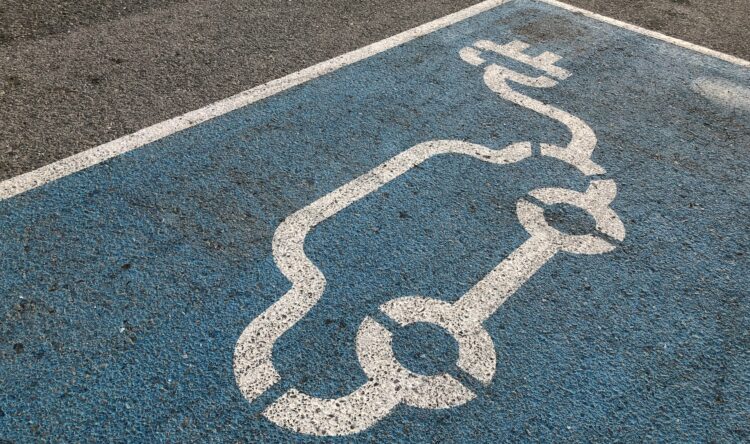Autononmous vehicle not racist
Safety expert says driving tech sees only grey
The Law Commission is drawing up the legal framework for autonomous vehicles’ gradual introduction to UK roads. Their report claims that self-driving systems may “struggle to recognise dark-skinned faces in the dark”.
It believes this is because the systems are designed predominantly by young men. These designers may overlook the diversity of people with which self-driving cars interact.
“When we consulted on these issues, several developers argued it would be impossible to ensure that autonomous vehicles always treated everyone equally,” it said.
No bias
The issue is being reported in the Sunday Times.
Matthew Avery, director of Thatcham Research, says that the technology used by self-driving cars is unable to discriminate between faces of different skin tones.
“We need to remember we are talking theory here,” he told Driving.co.uk. “Truly automated systems are not yet available, however, there’s no reason though why people of differing skin colours will or won’t be recognised.
“Visual sensors invariably view the world in more or less uniform tones of grey so do not differentiate between people’s race. They also do not register detail such as gender, but use stature, morphology and movement to judge size and shape.”
Avery said this enables radar and lidar systems only to differentiate between people, cyclists or vehicles, as they have their unique “signatures”.
He added: “This is a key element of [crash text expert] Euro NCAP’s rating programme – the ability to avoid collisions with cars, pedestrians, and cyclists.”
There is “no reason” that self-driving cars would discriminate between people of different races.
Bias in vehicle safety
Caroline Criado Perez is the author of the book Invisible Women that came out in 2019. She found that crash test dummies are almost exclusively based on the body of a 1970’s average American male. As a result, women are 17% more likely to die in a car crash, and 47% more likely to be seriously injured.
In fact, many medical interventions, drug trial and treatments are based on male health rather than female. This thought to be the result of male dominance of the workplace, business, government and research over the years.
The Law Commission agreed with findings that male bias has infiltrated automotive design. For example, airbags are responsible for saving many lives. It is claimed they caused 291 deaths between 1990 and 2008. This was due to the deployment force required to save heavy male passengers not wearing a seatbelt. It failed to take into accounts smaller, lighter female frames.
Design detail
A study carried out by Georgia Institute of Technology in 2019 also noted issues in self-driving systems. One of the methods used was on average 5% less accurate at picking out faces of people with dark skin. The researchers from the Institute attributes results to systems being trained using white pedestrians.
The Equality and Human Rights Commission says greater care needs to be taken. It described the new technologies as “great opportunities”. But it added that “any advancement that puts certain groups of people at a disadvantage is not an advancement, but a setback for equality and human rights.”
Avery told Driving.co.uk that “new mobility systems” could indeed confuse the technology: “Any system is limited to what they are programmed to see and interpret. In the future, they will be as robust as possible but there could be new mobility systems, such as eScooters, that may present an unexpected incident as they have not yet “programmed” into the system.”
However, over time cars will be able to add all obstacles to a “library of scenarios”, he said.
Living potential
Earlier this year the Department for Transport declared that the UK was “on the cusp of a transport revolution”. The market for self-driving cars would be worth £41.7bn by 2035.
Transport Minister Rachel Maclean say the tech could “unlock vast opportunities for the UK economy and jobs market’. Even more importantly, “it could significantly improve the safety and efficiency of how we travel over the coming decades.”







